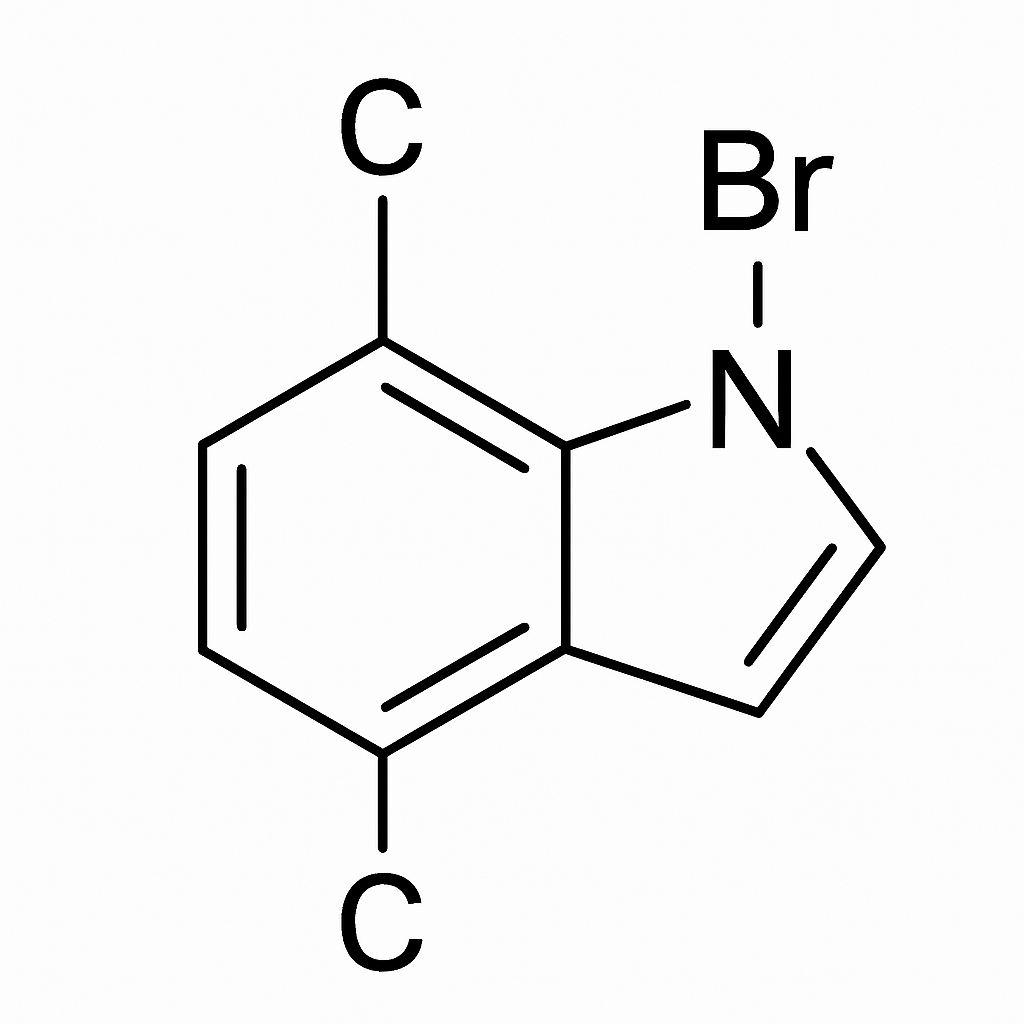
In the world of heterocyclic organic compounds, indazole derivatives have emerged as critical structures in pharmaceutical and materials research. One such compound, 5-Bromoindazole (CAS Number: 53857-57-1), stands out due to its unique reactivity and potential applications in drug discovery and chemical synthesis. This article explores the chemical profile, properties, and current applications of 5-Bromoindazole.
Chemical Name: 5-Bromo-1H-indazole
CAS Number: 53857-57-1
Molecular Formula: C₇H₅BrN₂
Molecular Weight: 197.03 g/mol
IUPAC Name: 5-Bromo-2H-indazole
Appearance: Typically a white to off-white solid
Melting Point: Approx. 150–153°C
Solubility: Soluble in common organic solvents like DMSO, DMF, and ethanol
5-Bromoindazole features a bromine atom substituted at the 5-position of the indazole ring system, a fused bicyclic structure consisting of a benzene ring and a pyrazole ring. This bromination increases its reactivity, making it a valuable intermediate for further functionalization through cross-coupling and other organic transformations.
The compound is commonly synthesized through the bromination of indazole precursors. Its structure is particularly suitable for:
Suzuki–Miyaura coupling reactions
Buchwald–Hartwig amination
Nucleophilic substitution
These pathways enable the development of a wide variety of bioactive heterocycles and pharmaceutical candidates.
5-Bromoindazole is a valuable scaffold in medicinal chemistry. It serves as a precursor in the synthesis of indazole-based drug molecules, particularly those targeting kinases, receptors, or enzymes.
Studies have demonstrated that indazole derivatives exhibit cytotoxic, anti-inflammatory, and antimicrobial properties. 5-Bromoindazole is used in developing novel antitumor agents and enzyme inhibitors.
The electronic properties of the indazole system, especially when halogenated, make it a candidate for research in organic electronics, including OLEDs and semiconducting polymers.
Due to its reactive bromine atom, it is used in bioconjugation and chemical probe development for studying biological systems.
Like many brominated organic compounds, 5-Bromoindazole should be handled with care:
Use appropriate PPE (gloves, goggles, lab coat)
Avoid inhalation and ingestion
Store in a cool, dry place away from light and moisture
Refer to the Material Safety Data Sheet (MSDS) for full safety guidelines.
5-Bromoindazole (CAS: 53857-57-1) is more than just a lab chemical—it’s a gateway to innovation in pharmaceuticals and materials science. Whether you’re developing new therapeutic candidates or exploring the frontiers of organic electronics, this versatile compound offers a reliable starting point for advanced chemical synthesis.